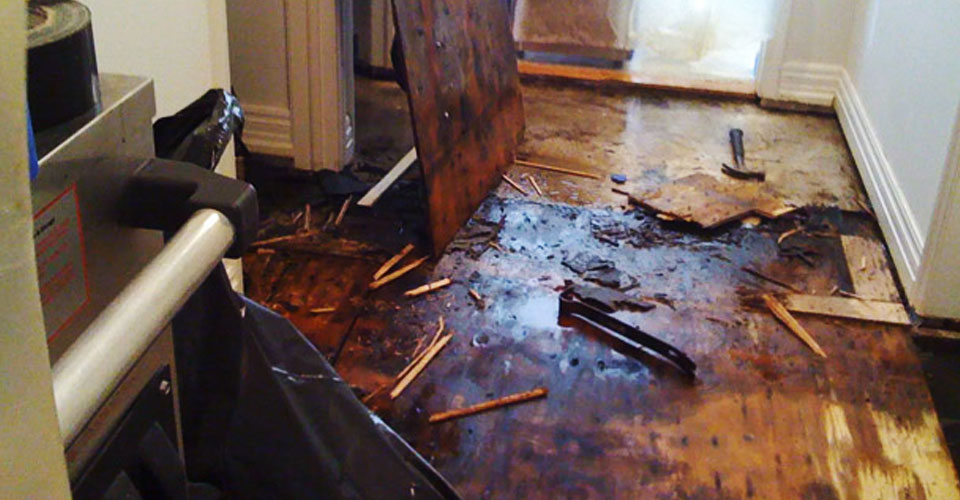Do's & Don'ts of Water Damage.
Do's & Don'ts of Water Damage.
Blog Article
Just how do you feel on the subject of 5 Home Safety Tips To Reduce The Risk Of Fire And Water Damage?

Water gives life, water invasion on components where it's not intended to be can result in damage. Homes with water damage scent moldy and also old.
Water can originate from many sources such as typhoons, floodings, burst pipes, leakages, and drain issues. In case you experience water damages, it would be great to know some security preventative measures. Right here are a couple of guidelines on just how to handle water damage.
Do Prioritize Home Insurance Policy Coverage
Water damage from flooding because of hefty winds is seasonal. You can additionally experience an unexpected flood when a faulty pipeline unexpectedly ruptures into your residence. It would be best to have home insurance policy that covers both disasters such as natural catastrophes, as well as emergencies like busted plumbing.
Don't Neglect to Shut Off Utilities
In the event of a disaster, specifically if you stay in a flood-prone location, it would certainly be suggested to shut off the major electrical circuit. This cuts off power to your whole home, stopping electrical shocks when water is available in as it is a conductor. Do not neglect to turn off the main water line valve. Furnishings will move about and also trigger damages when floodwaters are high. Having the main shutoff shut down avoids more damage.
Do Remain Proactive as well as Heed Weather Alerts
Storm floodings can be really uncertain. If there is a background of flooding in your area, remain ready as well as proactive. Listen to discharge cautions if you live near a lake, river, or creek . Take out prized possessions from the first stage and cellar, after that put them on the greatest possible level. Doing so minimizes potential property damages.
Do Not Neglect the Roof
Before the climate turns frightful, see to it you have a roof inspection. Actually, it would be prudent to obtain this service every year as it can mitigate complicated issues. You can prevent rainfall damage if there are no openings and leaks in your roof covering. Your roofing professional will likewise care for faulty rain gutters or any other indicators of weakening. This will avoid water from moving down your wall surfaces and soaking your ceiling.
Do Focus On Tiny Leakages
A burst pipeline doesn't occur overnight. Normally, there are warnings that show you have weakened pipes in your house. For instance, you might observe gurgling paint, peeling wallpaper, water touches, water stains, or leaking audios behind the wall surfaces. Ultimately, this pipe will break. Ideally, you need to not wait for points to escalate. Have your plumbing fixed before it results in huge damage.
Do Not Panic in Case of a Ruptured Pipeline
Keeping your clearheadedness is vital in a time of dilemma. Worrying will only worsen the trouble because it will certainly suppress you from acting quickly. Timing is crucial when it comes to water damages. The longer you wait, the even more damage you can expect. Therefore, if a pipeline bursts in your home, instantly turned off your major water valve to cut off the source. Unplug all electric outlets in the location or transform off the circuit breaker for that component of the residence. Call a reliable water damage repair professional for aid.
Water provides life, water breach on parts where it's not meant to be can result in damage. Homes with water damage scent old and mildewy.
Water damages from flood fees to hefty winds is seasonal. You may observe gurgling paint, peeling wallpaper, water touches, water discolorations, or dripping sounds behind the wall surfaces. When it comes to water damages, timing is key.
Some Do's & Don't When Dealing with a Water Damage
DO:
Make sure the water source has been eliminated. Contact a plumber if needed. Turn off circuit breakers supplying electricity to wet areas and unplug any electronics that are on wet carpet or surfaces Remove small furniture items Remove as much excess water as possible by mopping or blotting; Use WHITE towels to blot wet carpeting Wipe water from wooden furniture after removing anything on it Remove and prop up wet upholstery cushions for even drying (check for any bleeding) Pin up curtains or furniture skirts if needed Place aluminum foil, saucers or wood blocks between furniture legs and wet carpet Turn on air conditioning for maximum drying in winter and open windows in the summer Open any drawers and cabinets affected for complete drying but do not force them open Remove any valuable art objects or paintings to a safe, dry place Open any suitcases or luggage that may have been affected to dry, preferably in sunlight Hang any fur or leather goods to dry at room temperature Punch small holes in sagging ceilings to relieve trapped water (don't forget to place pans beneath!); however, if the ceiling is sagging extremely low, stay out of the room and we'll take care of it DO NOT:
Leave wet fabrics in place; dry them as soon as possible Leave books, magazines or any other colored items on wet carpets or floor Use your household vacuum to remove water Use TV's or other electronics/appliances while standing on wet carpets or floors; especially not on wet concrete floors Turn on ceiling fixtures if the ceiling is wet Turn your heat up, unless instructed otherwise

I found that blog posting about Simple Solutions To Preventing Fire And Water Damage To Your Home when doing a search on the web. Appreciated our write-up? Please share it. Help someone else locate it. Many thanks for taking the time to read it.
Report this page